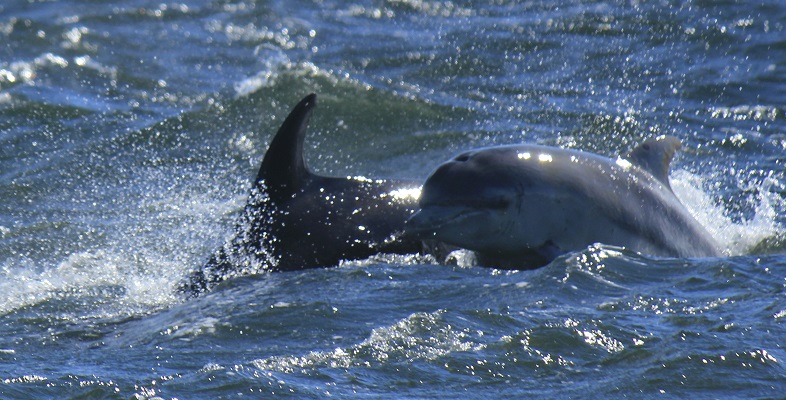1.3 The pinnipeds, sirenians and cetaceans
Three major groups of mammals have independently adopted an aquatic way of life: the suborder Pinnipedia (part of the order Carnivora), the order Sirenia, and the order Cetacea. These groups will be the focus of your attention in this course. The smaller lineages that have become aquatic to some extent, such as the river and sea otters, won’t be covered in any detail.
You have just met the scientific names of some mammalian groups called orders. The class Mammalia is sub-divided into orders. Many scientific names have Latin or Greek roots and with a good dictionary (and maybe a web search), you may be able to unravel some of these words for yourself. For example, the Weddell seal which you will meet later in this course has the scientific name Leptonychotes weddelli. Scientific names are always printed in italics; if you write them by hand, you should underline the name. In this instance, the Greek word leptos means ‘slender’ or ‘fine’, and onyx is a Greek word meaning ‘nail’ or ‘claw’. So the name of the genus Leptonychotes refers to the narrow claws on the flippers of the seal (actually, the hind flippers in this case). The species name weddelli is given in honour of Captain James Weddell, who described and illustrated the seal in his writings about an Antarctic voyage to catch seals in the 1820s. Weddell will forever be associated with that seal, as specific names cannot be changed once formally given to a species.
Activity 2 Interpreting scientific names
You might like to try unraveling the derivation of a scientific name for yourself. Try the Pacific white-sided dolphin Lagenorhynchus obliquidens. Note down any thoughts or findings below.
(Hint: use a comprehensive dictionary to look up ‘lagena’, ‘rhyncho-’ and ‘oblique’.)
Discussion
The generic name Lagenorhynchus should have been fairly easy to interpret, but the specific name of obliquidens might well have been more challenging. Lagenorhynchus is derived from the Greek ‘lagenos’ meaning ‘bottle’, and ‘rhynchus’ meaning ‘beak’. You might think that the bottlenose dolphin in Figure 1 would belong to this genus, but it does not – a quirk of the naming process. The species name obliquidens means ‘oblique’ or ‘slanting’ tooth, referring to the fact that the teeth are slightly curved.
